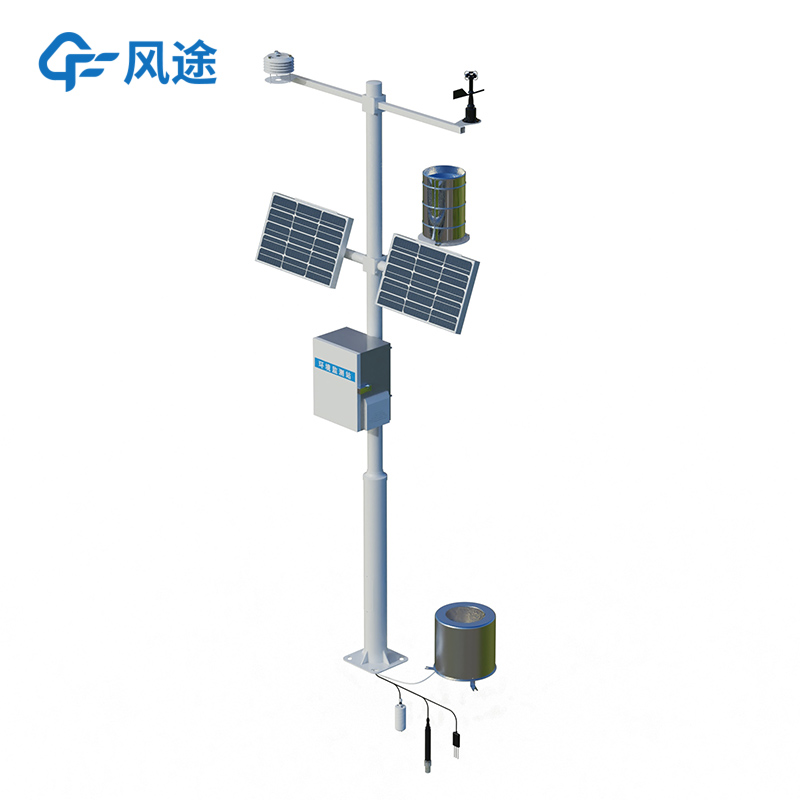Since ancient times, agriculture has been an industry closely tied to weather and climate. "Favorable weather leading to abundant harvests" is the most basic wish of every agricultural producer. However, traditional agricultural production models largely "depend on the weather," and responses to meteorological disasters (such as frost, drought, heavy rain, and strong winds) are often passive and delayed, bringing great uncertainty to stable and high agricultural yields and product quality.
With the development of modern agricultural technology, especially the popularization of precision agriculture and smart agriculture concepts, agricultural production is undergoing profound transformation.
A Small Automatic Weather Station, as the name suggests, is a miniaturized, automated meteorological observation device specifically designed for agricultural production environments. By integrating multiple sensors, it can real-time, continuously, and automatically monitor key meteorological parameters in the farmland microclimate environment, and transmit data to cloud platforms or users' mobile phones and computers through wireless networks.
Compared with traditional large national weather stations, it is lighter, more cost-effective, and flexible in deployment. It can directly serve a single farm or a specific plot of land, providing data with more "local characteristics" and greater accuracy.
In a vineyard on a hillside or a tea garden in a valley, conditions such as temperature, humidity, light, and wind speed may differ from data from standard weather stations several kilometers away. This small-scale special climate is called "microclimate."
Small Automatic Weather Stations are installed directly in your fields, measuring the actual growing environment of your crops. This provides the most direct basis for precision agricultural operations, avoiding errors that may occur when making decisions based on large-scale weather forecasts.
In early spring or late autumn, by monitoring temperature changes in real-time, when temperatures approach freezing points, the system can automatically issue alerts, reminding farmers to take timely frost prevention measures such as smoking and irrigation to protect flowering or fruiting crops.
Combining soil moisture and evaporation data to decide "when to water and how much to water," achieving water-saving irrigation.
The occurrence of many crop diseases is closely related to specific temperature and humidity conditions. Weather stations can calculate and warn of "disease occurrence indexes," prompting farmers to conduct preventive pesticide application at optimal times, reducing pesticide use and improving agricultural product safety.

Article address:https://www.sqqx.net/en/news/755.html

 +86 15898932201
+86 15898932201



